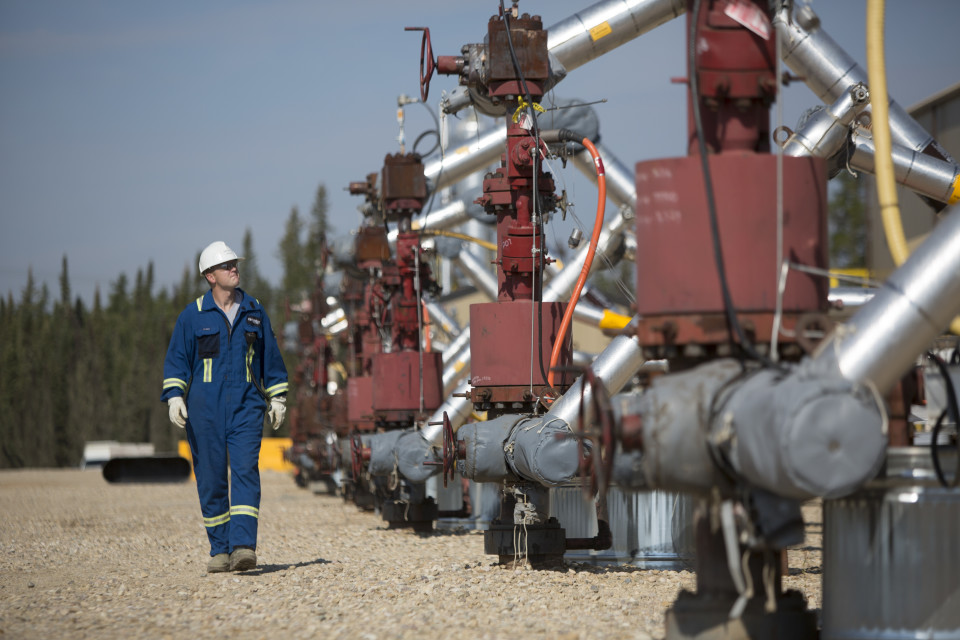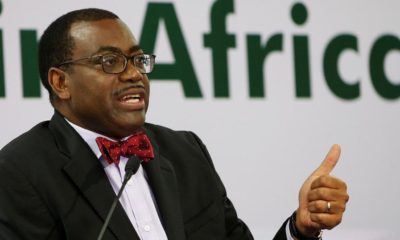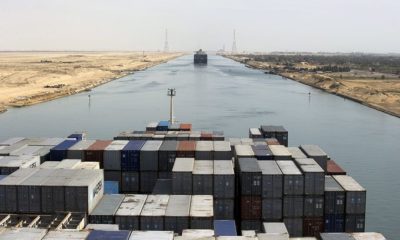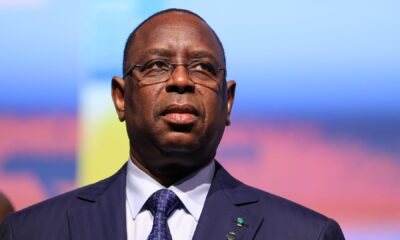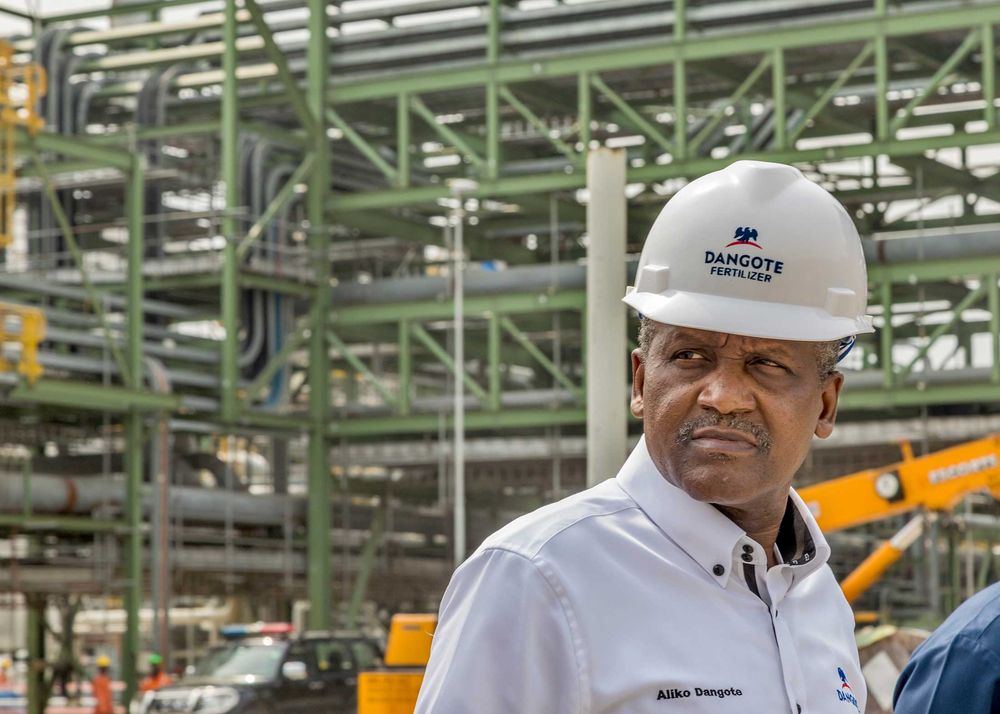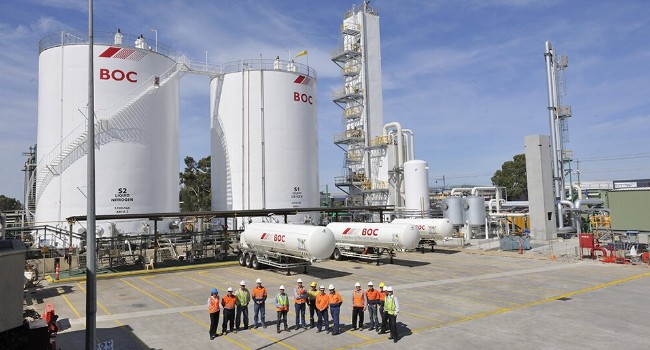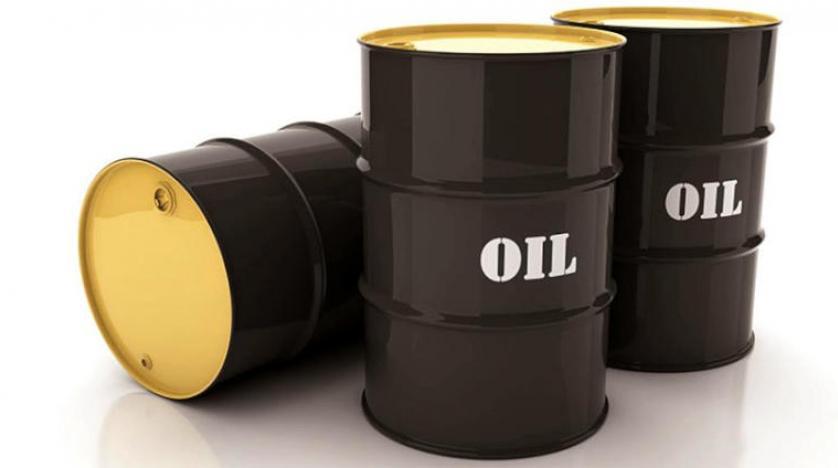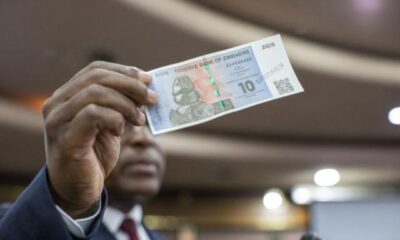The Arab Petroleum Investments Corporation (APICORP), a multilateral development financial institution, estimates in its MENA Energy Investment Outlook 2021-2025, which it launched today that overall planned and committed investments in the MENA region will exceed USD805 bn over the next five years (2021–2025) – a USD13 bn increase from the USD792 bn estimate in last year’s five-year outlook.
The report attributes this modest rise to four factors: A strong confidence in the rebound of global GDP, rising energy demand, the comeback of Libyan projects – which alone accounts for around USD10 bn in planned projects – and the accelerated pace of renewables in the region. Per current estimates, MENA will add 3GW of installed solar power capacity in 2021 alone – double that of 2020 – and 20GW over the next five years.
The region’s economic forecasts suggest that commodity prices and exports will drive the rebound expected for most MENA countries in 2021. However, economies remain under fiscal strains due to unprecedented high debt levels and decline in oil prices, tourism/Hajj revenues, and personal remittances.
Dr. Ahmed Ali Attiga, Chief Executive Officer of APICORP, said: “APICORP’s MENA Energy Investment Outlook 2021-2025 indicates that energy industries are entering a period of relative stability in terms of investments as most MENA countries return to GDP growth in 2021 and the energy transition showing no signs of slowing down. We anticipate a slow but steady recovery of the energy sector from the fallout of the COVID-19 pandemic, supported by continued investment from the public sector and an upswing in demand.”
Gas investments
Committed gas investments in MENA for the period 2021-2025 are expected to total USD75 bn – USD9.5 bn less than the previous outlook. The decline is attributed to the completion of several megaprojects in 2020 and countries being more cautious to new project commitments in an era of gas overcapacity.
Qatar, Saudi Arabia, and Iraq are the top three MENA countries in terms of committed gas investments. This is owed to Qatar’s North Field East megaproject, Saudi Arabia’s gas-to-power drive and the massive Jafurah unconventional gas development – which is poised to make the kingdom a global blue hydrogen exporter – and Iraq’s gas-to-power projects and determination to cut flaring and greenhouse gas emissions.
Planned investments meanwhile held relatively steady at USD133 bn for 2021-2025, signalling the region’s appetite for resuming its natural gas capacity build-up – particularly the ambitious unconventional gas developments in Saudi Arabia, UAE, Oman, and Algeria – once macro conditions improve.
Power investments
Power investments in MENA for 2021-25 remain largely unaffected compared to APICORP’s 2020-24 outlook. Notably, the sector’s total investment amount of USD250 bn is the highest of all energy sectors – with an estimated USD93 bn and USD157 bn in committed and planned projects, respectively, over the next five years.
With a share of around 40%, renewables form a significant part of those investments as countries push ahead with their energy diversification agendas. In the GCC, Saudi Arabia’s Renewable Energy Project Development Office and Public Investment Fund projects continue to progress. North African countries are also showing measurable development in renewables realm, with Algeria establishing an independent authority to oversee the development of country’s strong pipeline of projects, and Egypt working to resolve regulatory issues related to its wheeling scheme and the unbundling of its power market.
This shift to renewables is a chief factor behind the rising share of investments in transmission and distribution (T&D) in the power sector value chain, as the integration of renewables into power grids requires significant investments to enhance and digitize grid connectivity, not to mention storage to accommodate the surplus power capacity they generate.
Petrochemicals investments
Planned investments in the MENA petrochemicals sector are forecast to increase to USD109 billion in 2021-2025, a USD14.2 bn jump compared to last year’s outlook. By contrast, committed investments dipped by USD7.7 bn to around USD12.5 bn due to the completion of several megaprojects in 2020.
Despite MENA petrochemical markets seeing an overall improvement in demand owed to the increased consumption of basic materials as vaccination drives continue and economies recover, some MENA committed petrochemical investments are nonetheless being re-evaluated and rationalized due to fiscal strains, capital discipline and cost efficiencies and evolving market dynamics.
Renewables investments
As a whole, the MENA region expects to add an estimated 3GW of solar power in 2021 – doubling its total from 2020 – and almost 20GW by 2025. Wind and other sources such as hydropower are also coming into their own as countries step up their energy diversification plans.
Jordan, for example, managed to increase the percentage of power generated from renewables from just 1% in 2012 to around 20%. Morocco’s 4GW of renewables (wind, solar and hydro) constitute around 37% the country’s total generation mix and almost 90% of its current 3.5GW project pipeline. Egypt’s total installed renewables capacity amounts to around 2.3GW, including 1GW of solar PV and 1.3 GW of onshore wind.
In the UAE, renewables constituted around 6% of total installed capacity and 3% of power generated as of 2020. Although it may just miss its short-term targets, the UAE’s solar capacity is projected to grow the fastest in the region with nearly 5GW of solar projects in the pipeline.
In Saudi Arabia, only 330MW of utility-scale solar PV projects and just one 2.5MW wind demonstration project developed jointly by Saudi Aramco and General Electric were operational as of 2020. Even when combined with the tenders under its National Renewable Energy Program, the total renewables capacity of the Kingdom totals 3.3GW, around 24GW short of its stated target of 27.3GW by 2024.
Despite ongoing procurement of largescale utility projects, Oman is also far from achieving its short-term target of generating 10% of its power from renewables by 2025, with a single 105MW utility solar PV project and a 50MW onshore wind project comissioned over the past 2 years.
As for Iraq, the first solar bid round for projects totalling 755MW capacity was announced in May 2019 and bids of short-listed companies were disclosed in Septmeber the following year. Overall, the country aims to reach 10GW of solar power generation capacity by 2030 and generate 20% of its power from solar.
Developing Energy Storage is Key
The expanding share of renewables, growth in power demand, and balancing supply and demand on a real-time basis necessitates the integration of modern, digitized energy storage solutions. Despite its significant potential in this area, the MENA region suffers from the limited role of storage in networks. To overcome this, regulations will need to evolve to reflect energy storage’s current functions, including leveraging flexibility from consumer aggregation or grid congestion.
The hydrogen and ammonia race
MENA is also a strong candidate for becoming a major hydrogen-exporting region thanks to its combination of low-cost gas resources and renewable energy. A few countries, such as Saudi Arabia and Morocco, have already made headways as low-cost exporters of blue and green hydrogen, net-zero ammonia and other low-carbon products, while other countries, such as Oman, UAE, and Egypt are attempting to catch up.

 Forex3 weeks ago
Forex3 weeks ago


 Naira2 weeks ago
Naira2 weeks ago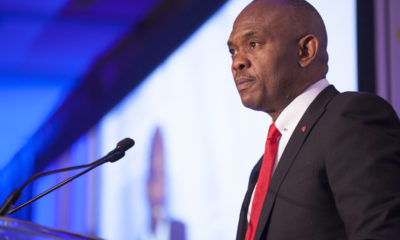
 Billionaire Watch2 weeks ago
Billionaire Watch2 weeks ago

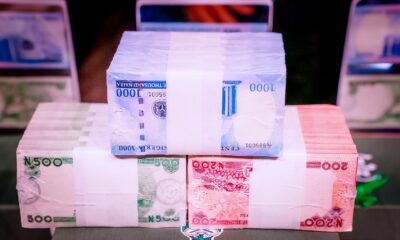


 Naira2 weeks ago
Naira2 weeks ago




 Naira2 weeks ago
Naira2 weeks ago

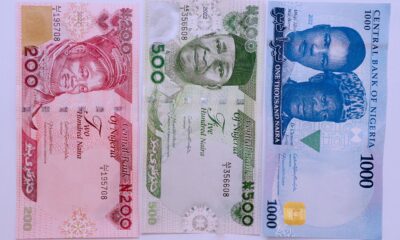


 Naira1 week ago
Naira1 week ago




 Naira4 weeks ago
Naira4 weeks ago




 Naira3 weeks ago
Naira3 weeks ago
